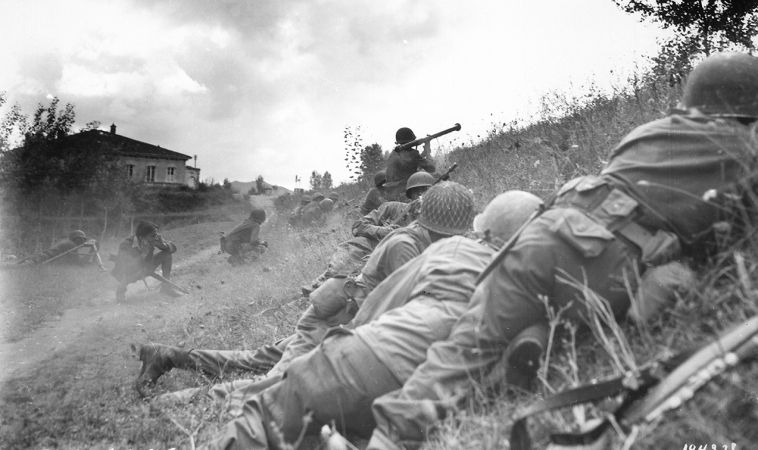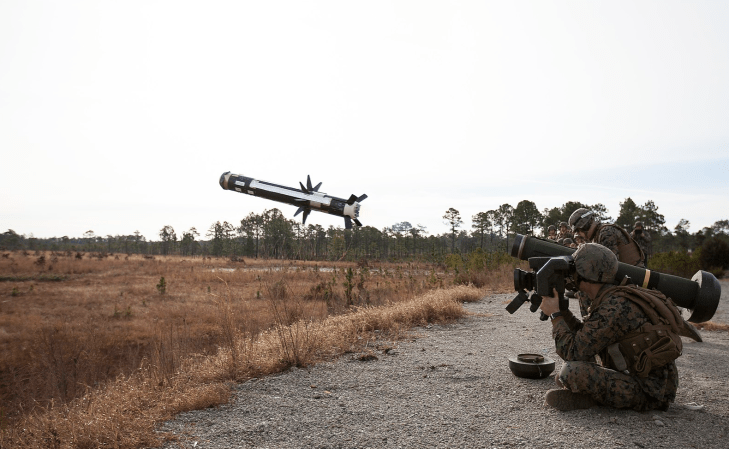In the 1980s, the threat of the Soviet armored divisions pouring through the Fulda Gap in Germany was a serious one. The Pentagon was looking for a way to thin out the Red Army’s tanks before they reached contact with the main NATO lines — or even the cavalry screen.
If the thinning out could include the command tanks, even better.
This has been a habit of American fighting forces for a long time. It’s been a part of pop culture military strategy even as far back as the American Revolution (when Mel Gibson’s character in The Patriot says, “Shoot the officers first, work your way down”) to a hypothetical World War III in Tom Clancy’s Red Storm Rising, when one Russian explains that NATO trains its troops to shoot the command tanks first.

The MGM-157 Enhanced Fiber-Optic Guided Missile, or EFOGM, was intended to help in this sort of mission.
It looks a lot like the BGM-71 Tube-Launched Optically-Tracked, Wire-guided missile, or TOW. Well, it uses a number of TOW components, according to Designation-Systems.net.
The big differences are that the EFOGM weighs more (117 pounds to 50 for the TOW), and can go four times as far as the TOW (9.3 miles to 2.33 miles).
The range makes EFOGM a bit of an indirect-fire weapon. Eight missiles can fit onto a Humvee, and two at a time can be guided. This is a very useful capability when it comes to decapitating an enemy regiment or brigade — often by hitting the tank from above, where its armor is the weakest.

The key is that EFOGM flies higher – at around 1,000 feet. The missile uses a TV camera for guidance with the signal traveling on a fiber-optic cable. That allows EFOGM to serve as a reconnaissance asset en route to the target.
So, why did this missile not make it into the inventory? Simply put, the Army cancelled funding, and EFOGM ended up being just a cool technology demonstrator. Japan did develop a similar system dubbed the “Type 96.”
According to GlobalSecurity.org, the system is for use against enemy tanks, landing craft, and helicopters.

Makes you wonder if EFOGM could have helped out during Operations Iraqi Freedom and Enduring Freedom.


























